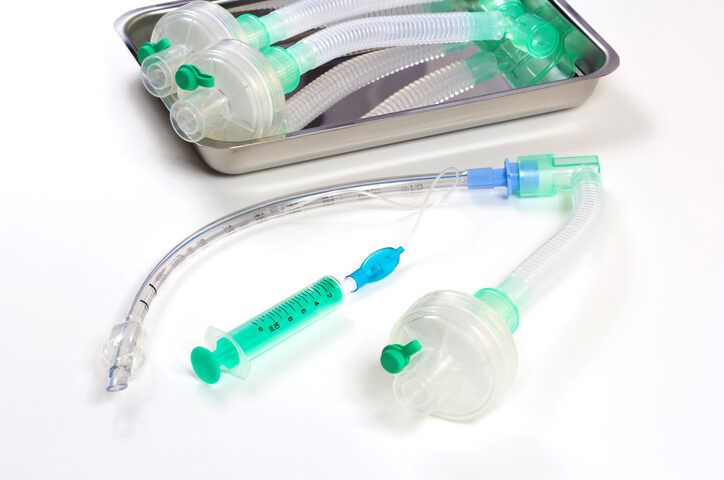Today’s medical industry is one of frequent and rapid evolution. Medical care providers and researchers are constantly looking for ways to push the boundaries with technological advancements and improved patient care. Such a dynamic landscape makes it necessary for medical device manufacturers to maintain a certain level of agility, flexibility, and cost-efficiency in their processes. One way manufacturers can do this is by taking advantage of small batch plastic manufacturing.
Small batch plastic manufacturing is the production of plastic parts and components in small quantities, with runs that range from only a few units to a few thousand. An extremely nimble and customizable approach, small batch plastic manufacturing has revolutionized the development of medical products with faster iterations, improved cost savings, and increased design flexibility for a more streamlined production process overall.
The Advantages of Small Batch Plastic Manufacturing
Accelerated Prototyping
Prototyping is essential to the development and production of medical products. However, with conventional manufacturing methods, it can also be time-consuming and expensive. Small batch plastic manufacturing, in contrast, allows for faster turnaround times, which in turn enables design iterations to be implemented faster. This can cut down significantly on the time and money investment that normally goes into the prototyping phase.
Enhanced Design Flexibility
With small batch plastic manufacturing, product developers can more easily test and refine their designs before committing to full-scale production. This not only supports innovation but also allows developers to real-world data from testing and user feedback. It also supports a greater level of customization to meet the specific needs of medical products, ensuring optimized functionality and end-user experience.
Cost Savings Compared to Traditional Manufacturing Methods
Small batch plastic manufacturing is also an excellent way for medical product developers and manufacturers to save money. Without the high up-front costs associated with large-scale production, medical companies can reallocate resources to invest in other areas of product development. This also enables them to lower the cost for the end-user, making end-products more accessible for wider use.
Faster Time to Market
Small batch plastic manufacturing can significantly reduce the time to market for medical products. By shortening both prototyping and production cycles, companies can implement design iterations faster, innovate new solutions and improvements, and remain responsive to shifting market needs and demands. This level of flexibility provides companies with a competitive edge that is invaluable in today’s medical industry.
Lower Risk and Flexibility in Scaling
By removing the need to commit early to large-scale production, small batch manufacturing delivers scaling opportunities that are based on real-world feedback rather than guesswork. With smaller runs, companies can test products, gather feedback, make adjustments, and assess market demand before scaling up production. Not only does this come with significant cost savings, but it can also support an optimized inventory management system that removes the risk of product obeisance and material waste.
Sustainability and Environmental Benefits
All of these advantages result in small batch plastic manufacturing being a much more sustainable practice overall. Keeping production runs small can substantially reduce product waste and excess inventory, and lower the likelihood of a product becoming obsolete before it can be sold.
Key Considerations for Small Batch Plastic Manufacturing
Many of the same considerations that exist in larger-scale productions remain in place for small batch plastic manufacturing, including:
- Material selection for medical applications – Selected materials must be able to withstand the demands of the end-use product while also meeting strict regulatory and compliance requirements. Polymers used in medical plastic parts and components must be biocompatible and easily sterilized to maximize product performance and patient safety. They also need to possess the mechanical and chemical properties required for optimized device functionality.
- Design for manufacturability – This is a key consideration when it comes to maximizing the benefits of small batch plastic manufacturing. Optimizing part geometry for the injection molding process ensures that complexity is minimized and part performance is maintained.
Balancing Cost-Efficiency with Quality
It’s important to strike a balance between cost-efficiency and quality in small batch plastic manufacturing. Tooling selection, material selection, labor costs, and production efficiency can all have a noticeable impact on the overall cost of production. A skilled injection molding partner can help analyze these factors to find the most affordable solutions without sacrificing part quality and performance.
Best Practices of Implementing Small Batch Injection Molding
While small batch plastic manufacturing provides numerous inherent advantages, the benefits can be extended even further with a knowledgeable injection molding partner that prioritizes collaboration, integrating the latest simulation technology, and implementing stringent quality control measures.
Omega Plastics Specializes in Low-Volume Injection Molding
Omega Plastics specializes in low-to-mid-volume injection molding specifically for the medical industry. With our ISO Class-8-certified cleanroom capabilities, production-level prototyping, and specialized packaging services, we aim to be your one-stop shop for all your medical plastic component needs. Connect with our team today to get started.

